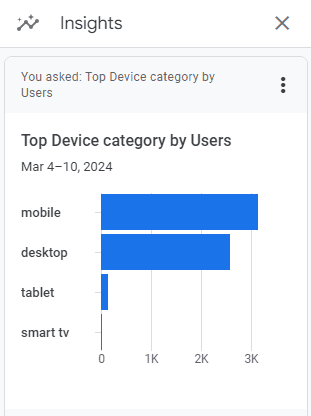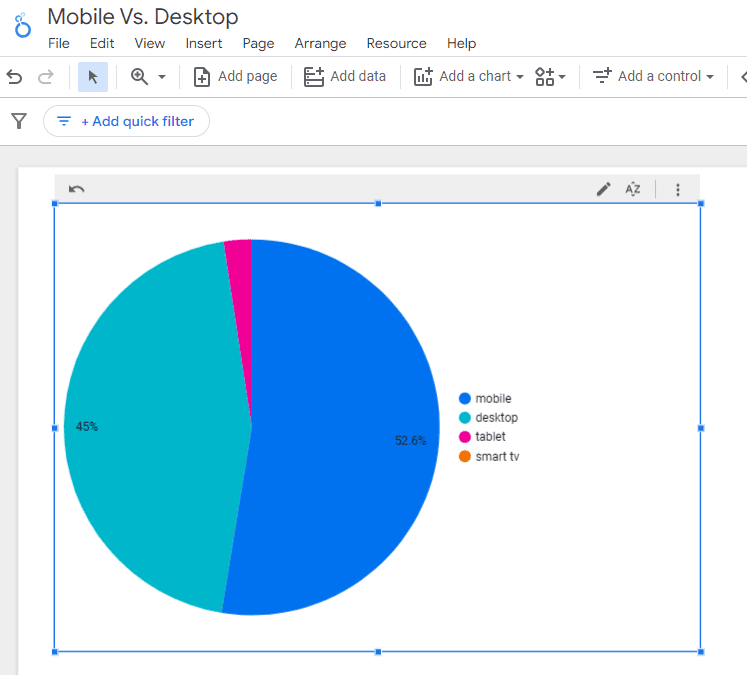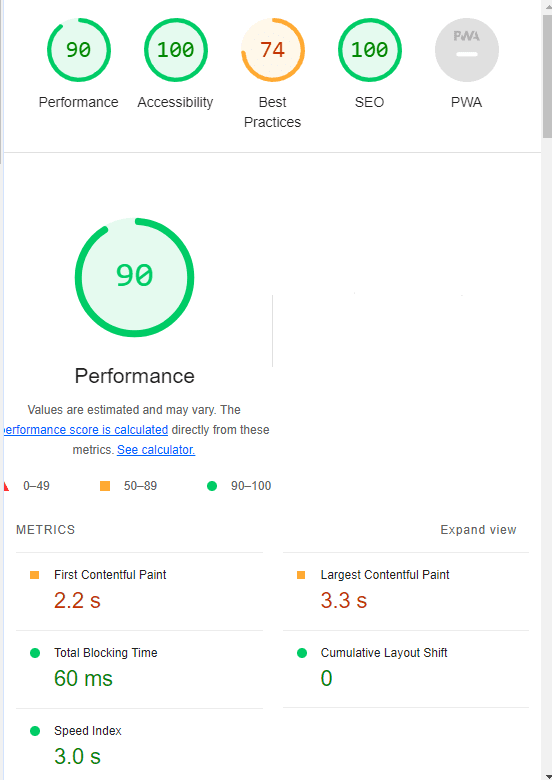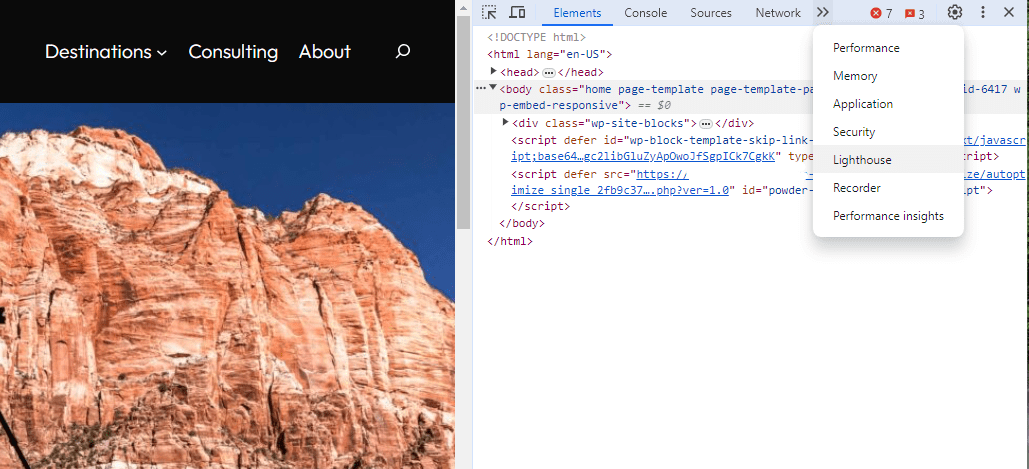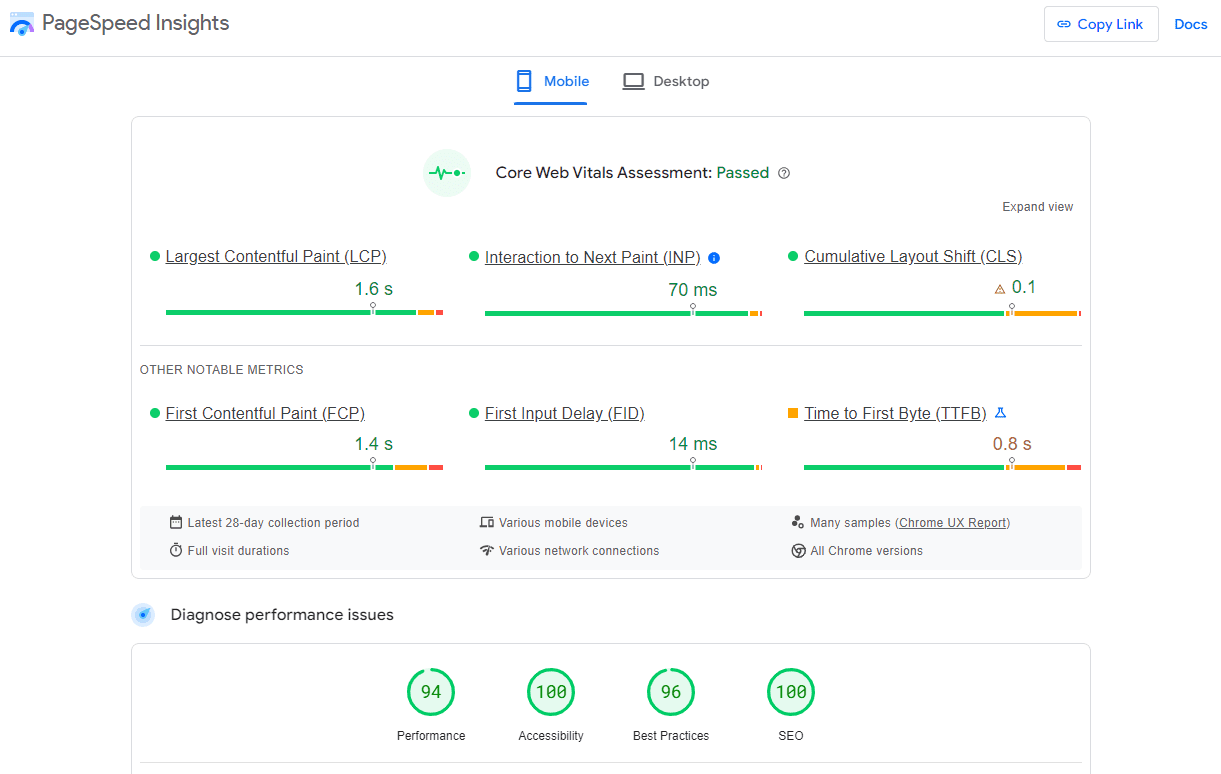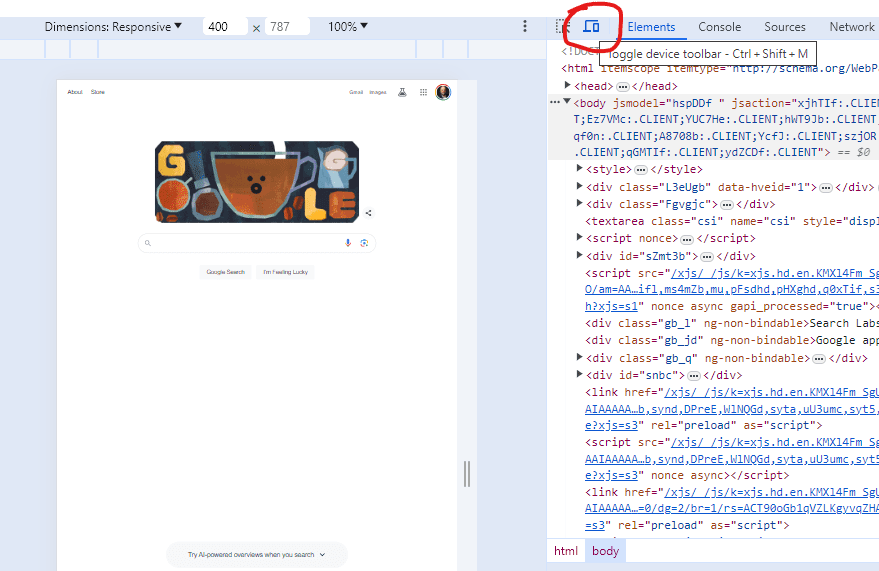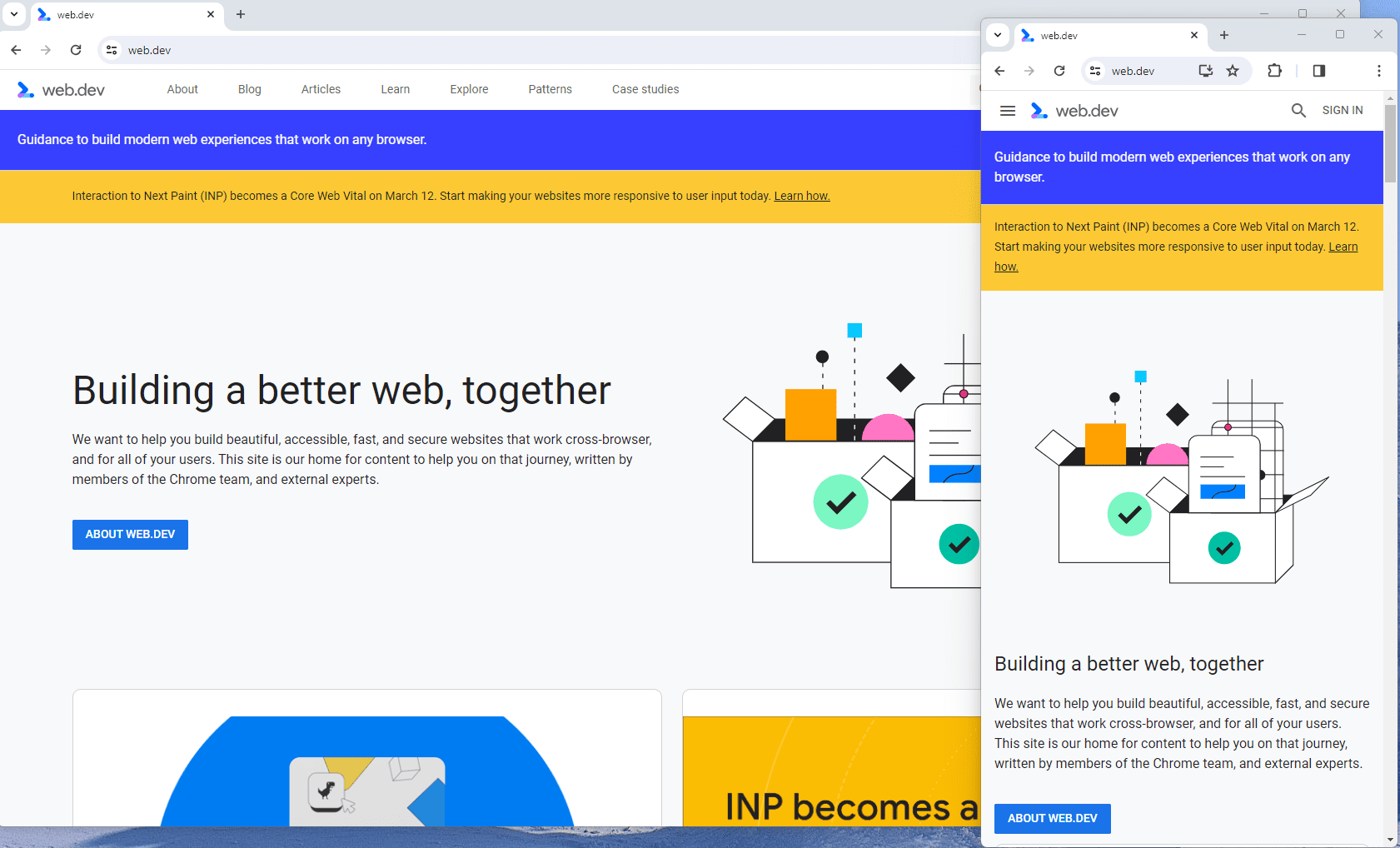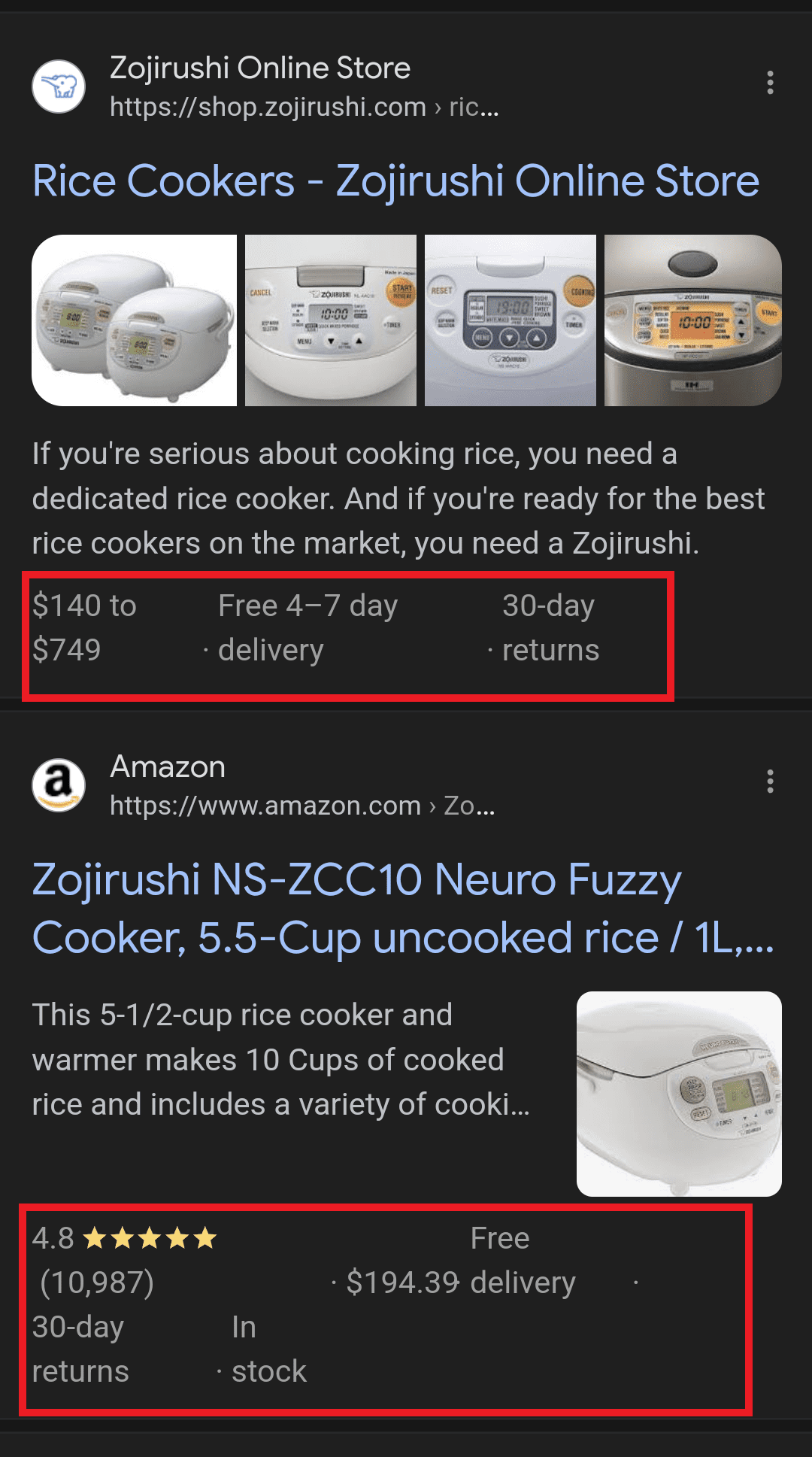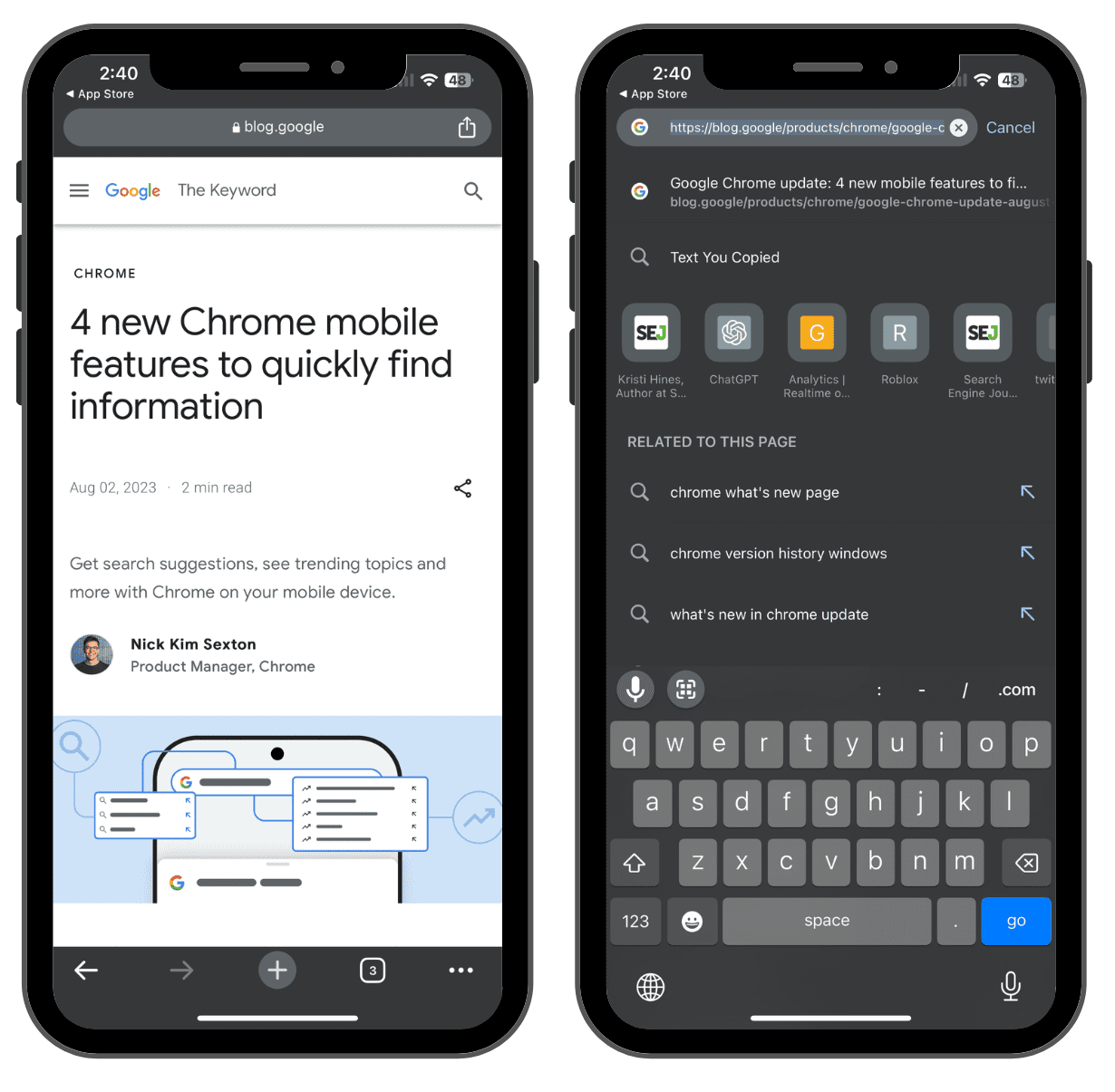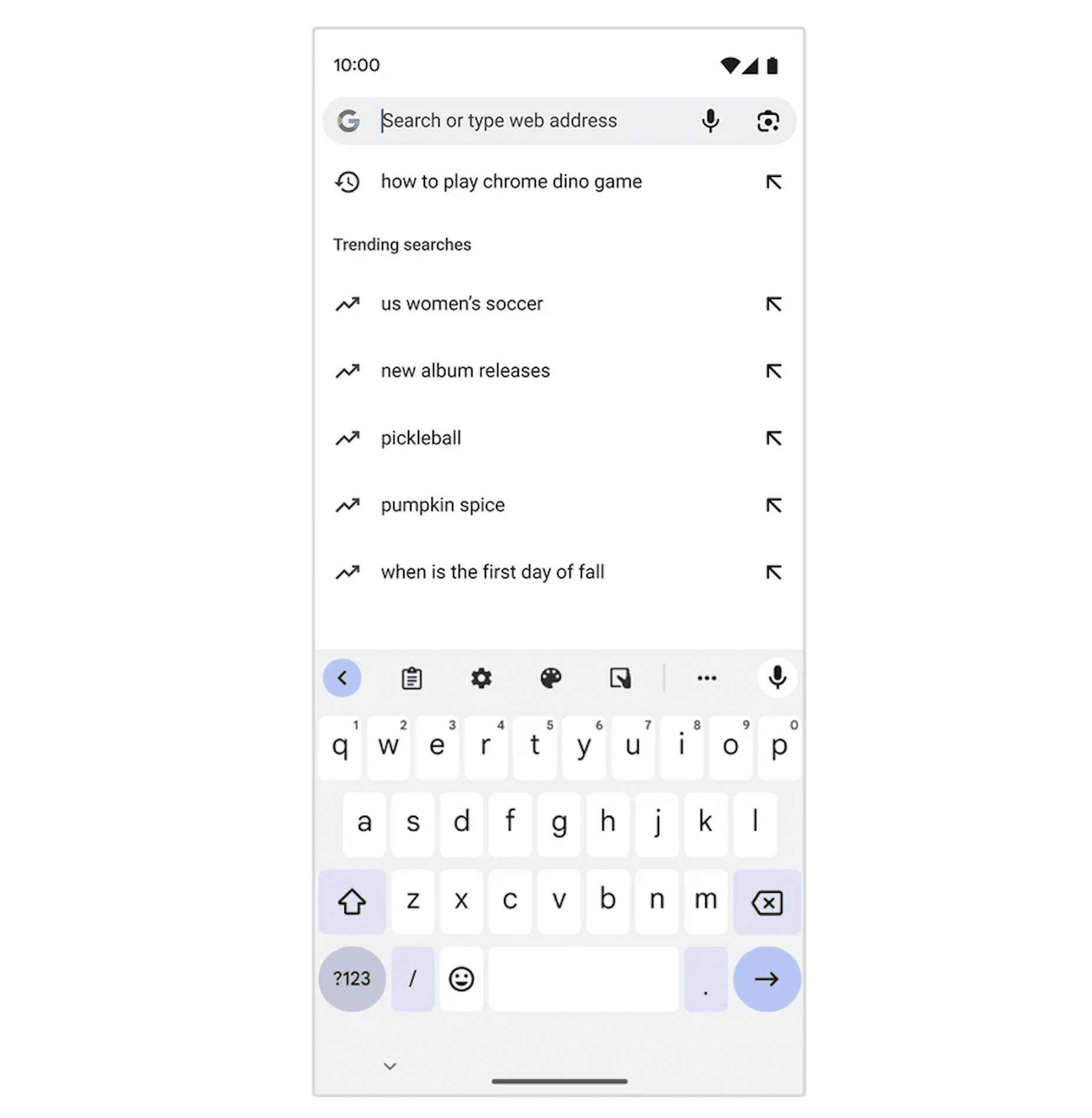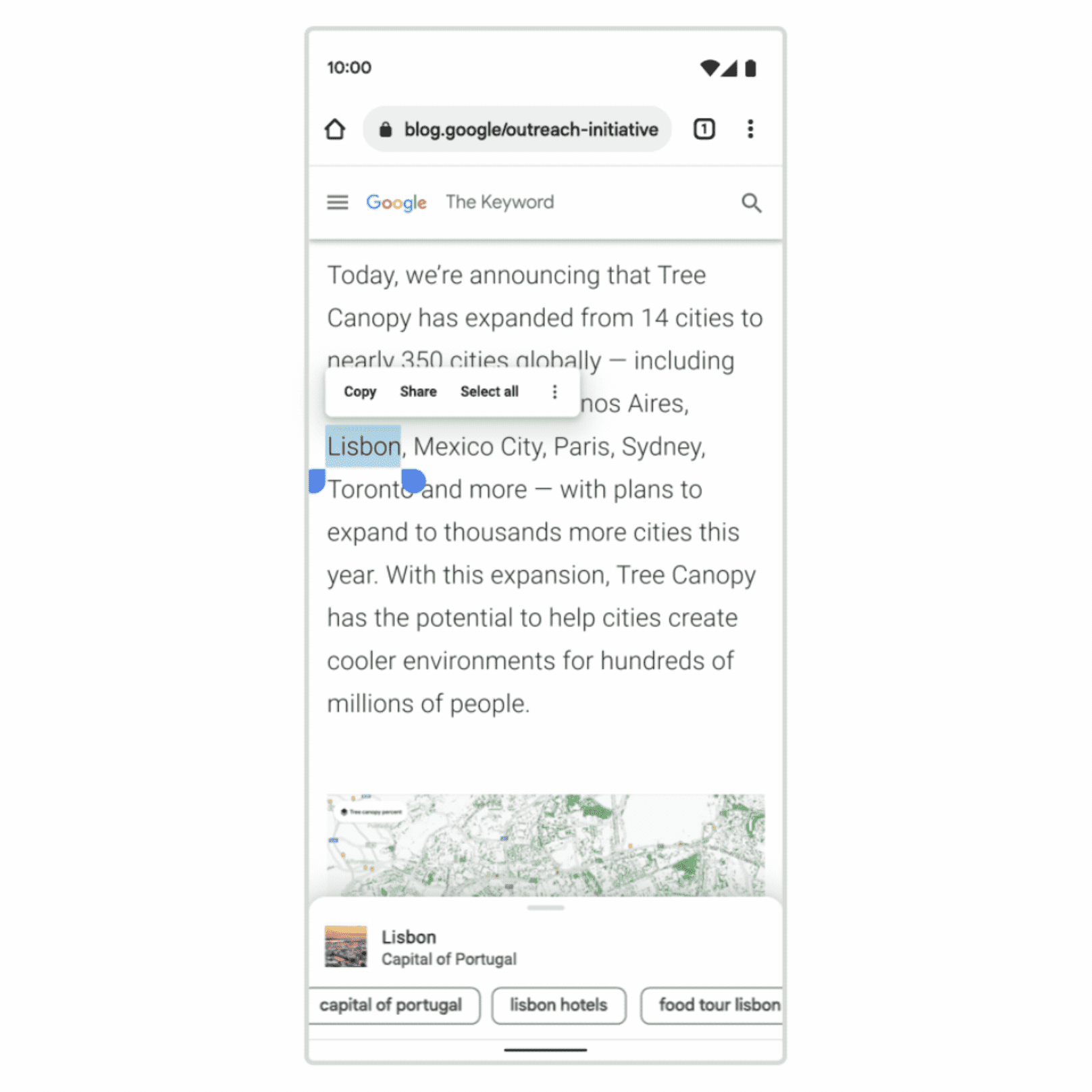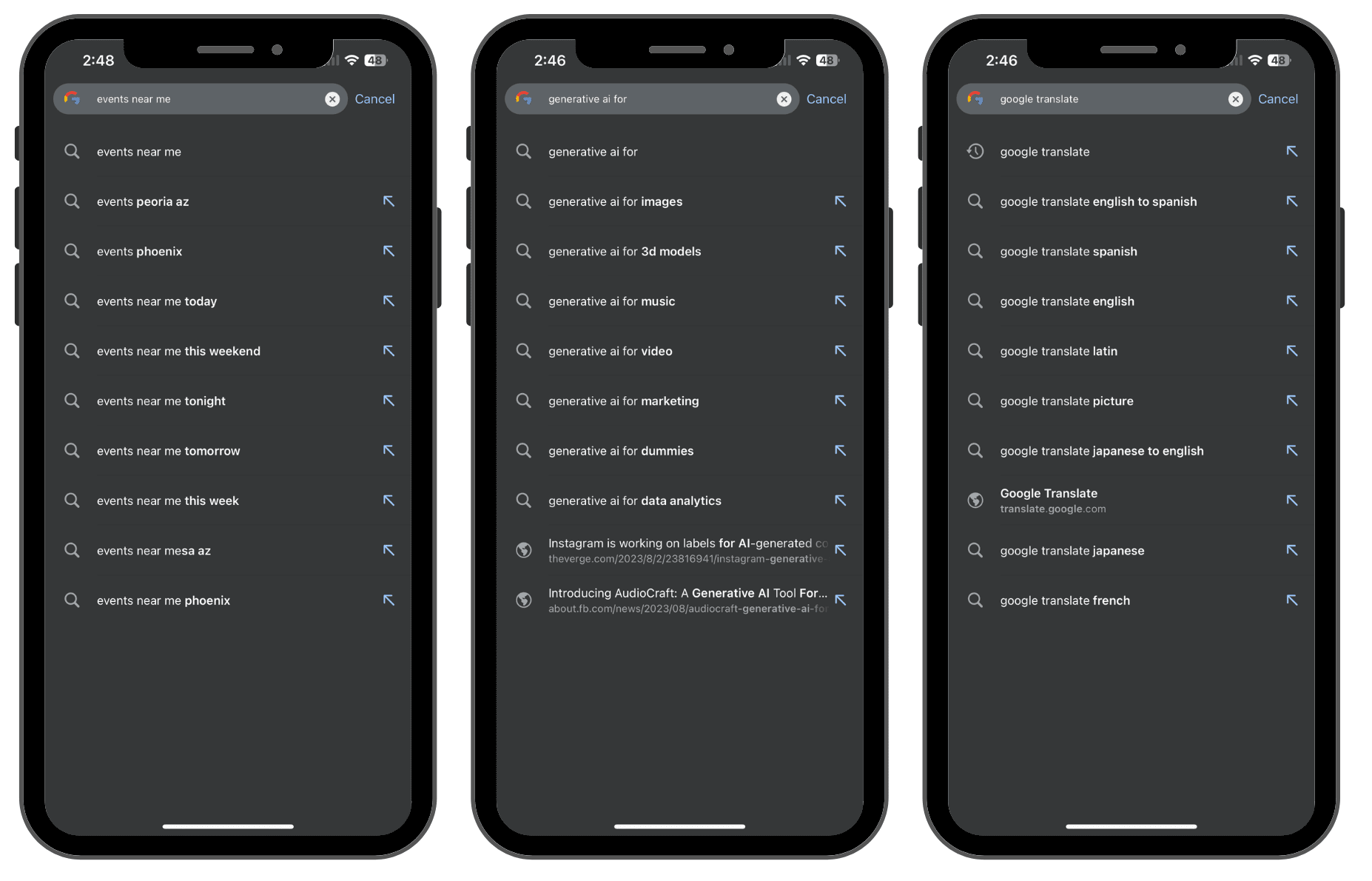How do you improve your mobile site?
Your site should be mobile-friendly. Because nowadays, most people are searching on Google with their phone. But what does it mean to have a mobile-friendly site? And where do you start? In this SEO basics article, you’ll find an overview of what you could do to improve your mobile site.
Table of contents
When is a site mobile-friendly?
A site is mobile-friendly when it:
- helps users get their tasks done quickly and joyfully.
- loads correctly on a mobile device like a smartphone or tablet.
- loads lightning-fast.
- presents content in a readable fashion, without users having to pinch and zoom.
- offers enough space to navigate by touch.
- offers added value for mobile users.
- is instantly understandable for search engines.
Why is mobile SEO important?
Mobile SEO makes sure your mobile site offers the best possible presentation of your content to a mobile device user. Since our world is increasingly mobile-oriented, it’s important that your site is mobile-friendly. If your site isn’t (properly) available for mobile users, you’ll miss out on a decent ranking in the search engines, and thus miss the income. Therefore, you should do everything in your power to optimize the mobile view of your site and make it as good as possible. In fact, it should be excellent!
Important to Google
Since 2016, Google uses the mobile version of a site to determine the site’s rankings. So if your site isn’t up to scratch or shows less content on your mobile site, you’ll find it difficult to get good rankings. That’s why it’s so important to create a fully functioning and responsive design for your (mobile) site.
Luckily, Google has a great getting started guide to help you improve your mobile site. Plus, they’ve also set up a Page Experience initiative that gives you metrics — the so-called Core Web Vitals — on how humans and machines perceive your site’s performance. So, use these metrics to help you figure out what to focus on while improving your mobile site.
Treat it as one website
Don’t forget to see your site as being a single thing. You shouldn’t have a ‘mobile site’ that’s distinct from your ‘desktop site.’ You should have one site that adapts to whatever screen it’s being viewed on. That also means that the content of the different views should be the same.
How to improve your mobile website
To improve your mobile SEO, you need to focus on a couple of things:
- Make a joyful user experience.
- Make sure your site is responsive.
- Improve your site speed.
- Use structured data.
- Don’t block JavaScript, HTML and CSS code.
- Don’t use too many redirects.
- Choose the correct viewport.
- Don’t use interstitials or pop-ups.
- Verify mobile-friendliness.
- Tell Google about your site.
Let’s go over these topics in more detail.
Focus on making your site easy and joyful to use with mobile SEO
Offer a great user experience to your users, and you’ll notice that Google will enjoy it too. So, how do you do that? First, figure out what you want users to do on your site. Then, make sure that it’s easy for people to do. Do you want people to call you? Make sure you put your phone number front and center, so it’s easy to find. Want to enhance conversions? Make that buy button stand out and function properly! In other words: bring focus to your site, and helpfully guide your visitors through the steps you want them to take.
But don’t just focus on your intent. Look at your users too! Figure out why they visit and which tasks they mostly do on your site. Then make sure it’s easy for them. Because If something frustrates your user, it hurts you and your results. That’s why you should test, improve, and fully optimize your mobile site.
Responsive design
There are multiple ways to improve your site so it’s available for mobile users. The most important one is to create a responsive design. This is also the the technology that Google advocates. With a responsive design, your site lives on one URL, which makes it easier for Google to understand and index it.
If you use WordPress, chances are your theme is already responsive and can adapt to all screens. Still, it’s good to check how your site scales in Google Chrome’s Developer Tools. Because if it doesn’t scale correctly, you should talk to your web developer about fixing it – or choose a different theme.
Improve your site speed
One of the most important things you can do to improve your site’s mobile SEO is to improve the site’s loading speed. Time after time, studies have shown that people leave sites that load slowly, and probably never return. That’s why site speed has been a ranking factor for years, and why Google is increasingly focusing on fixing this common issue. See the Page Experience update and the Core Web Vitals metrics’ introduction for more proof.
If you need more tips, we have a post on how to improve your site speed and which tools that might help you.
Get better web hosting for your site
The number one tip to optimize the speed of your mobile site is to invest in better web hosting. Many sites run on budget hosts that share a lot of the server space with other websites, which can cause their sites to slow down. That’s why it really is essential to stay away from cheap hosting and get a good plan at a renowned host — it truly pays for itself!
Don’t know where to start? We have a page with WordPress web hosting companies that we vouch for, as we vetted them personally.
Optimize images
If there is one quick win to improve your site speed, it’s this: optimize your images. Don’t load those 3000 x 2000 pixel HD images on your site. Scale them to the correct size, then make them smaller with tools like ImageOptim, Squoosh, or WordPress plugins like WP Smush. You can also look into serving those images in next-gen image formats like WebP.
Minify code
Every request your site has to make has an impact on your site speed. That’s why you have to work on reducing these requests to improve your mobile site. One way to do this is by minifying code.
Minifying code means that you group and link together assets like JavaScript and CSS. As a result, the browser has to load fewer files, which leads to a faster site. This sounds hard to implement, but a plugin like WP Rocket can take care of all your caching needs. Or you can use Cloudflare’s Automatic Platform Optimization for WordPress to get a load of enhancements in one go.
Browser caching
By using browser caching, you’re telling the browser that page elements that don’t change often can be saved inside its cache. This way, the browser only has to download new and dynamic content whenever it visits again. Again, this is something that a plugin like WP Rocket can help you with. Or you can also do it yourself if you like.
Reduce redirects
A redirect leads a visitor from one requested page to another, because the requested page was moved or deleted. While this leads to a good user experience if done well, the more redirects you use, the slower your site will be. Don’t make endless redirects. Also, try not to keep links around that point to deleted posts redirected to new ones. Always make direct links.
Use structured data to improve your mobile site
Structured data is essential for every site. With structured data, you can describe your content in a way that search engines can understand. It gives you a direct line of communication with search engines, so to say. In return, search engines might reward you with awesome rich results.
Your mobile site needs to have the same structured data as your desktop variant — otherwise, Google might get confused. Yoast SEO automatically adds structured data for the most important parts of your site, which you can fine-tune it to your liking.
Don’t block assets like JavaScript, HTML and CSS
We’ve said it before, and we’re going to keep saying it: Don’t block assets like JavaScript, HTML and CSS. Doing so makes it harder for Google to access your site and that could lead to bad rankings. Check your Google Search Console to see if you’re blocking resources. If so, we advise that you take away all blockades if you want to truly optimize your mobile site.
Improve legibility
Make sure that your mobile site is readable on mobile devices. Use different devices to check if your typography is in order and make changes when necessary. Typography can make or break the user experience of your site.
Improve tap target sizes
People hate it when their fingers can’t hit a button, link, or menu item without fault. They can feel frustrated when navigation is hard or unnatural. Please fix it to improve your mobile site.
Choose the correct viewport
The viewport determines the width of the page for the device used to view it. By specifying a correct viewport, you make sure that visitors with specific devices get the right version of your site. Fail to do this, and you might show your desktop site to a small-screen smartphone user — a big no-no.
Don’t use interstitials or pop-ups
Google will penalize sites that use large pop-ups or interstitials to promote newsletters, sign-up forms, or ads. These often get in the way of the user quickly accessing the content they requested. Don’t use these. If you must though, make sure you abide by Google’s rules.
Test your site and tell Google about it
Before you start working on your mobile SEO, you should run a mobile usability test on Google to see where you should start. As you work, you should keep testing to see if you’re making progress. If your mobile site is optimized, you need to tell Google so your site will be checked and indexed. Use Search Console to stay on top of the performance of your site.
Investigate other technologies
There are other ways to improve the performance of your mobile site. One of these technologies is the Accelerated Mobile Pages (AMP) framework. This is an initiative by Google and others to get web pages to load super fast on mobile devices. By wrapping your content in special HTML code, you can optimize the pages in a way that Google can use to improve the performance. Keep in mind that AMP is not without its drawbacks, and not every project will benefit from it.
AMP is not the only technology that helps you optimize your mobile site. Other companies offer similar solutions, like Cloudflare’s various optimized delivery technologies. There are so many options these days!
Conclusion
Mobile is the new baseline, the new default. Do everything you can to fix your mobile site and make it perfect, not just in Google’s eyes, but, more importantly, your visitors. Mobile SEO is not just about great content and a flawless technical presentation. It’s more about creating an excellent user experience. Once you’ve achieved that, you’re on your way to the top!
Read more: Mobile SEO: the ultimate guide »



